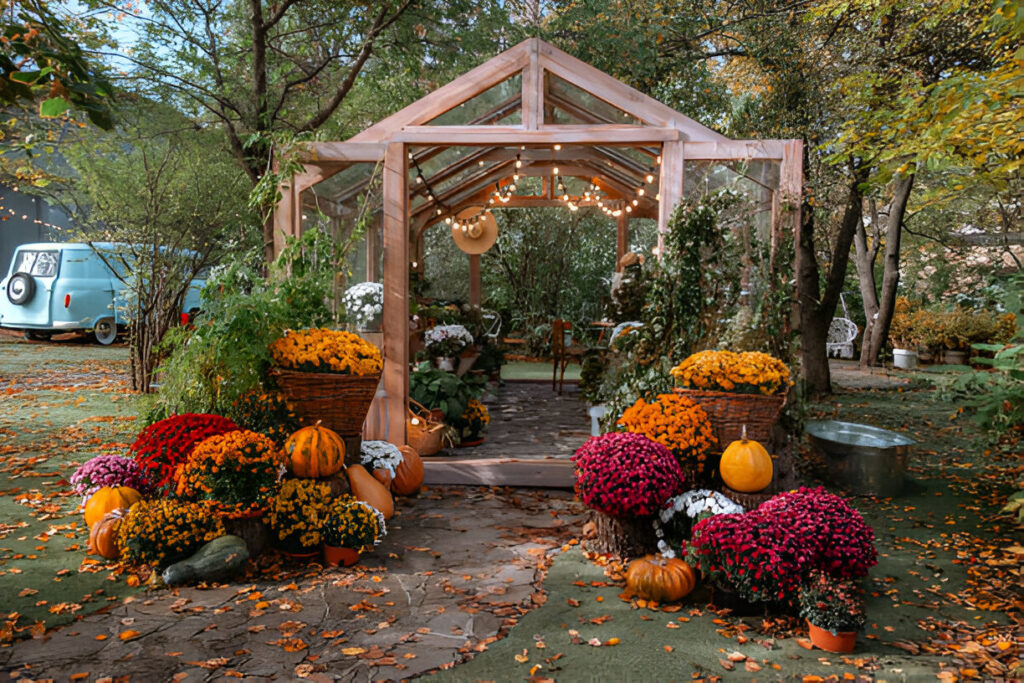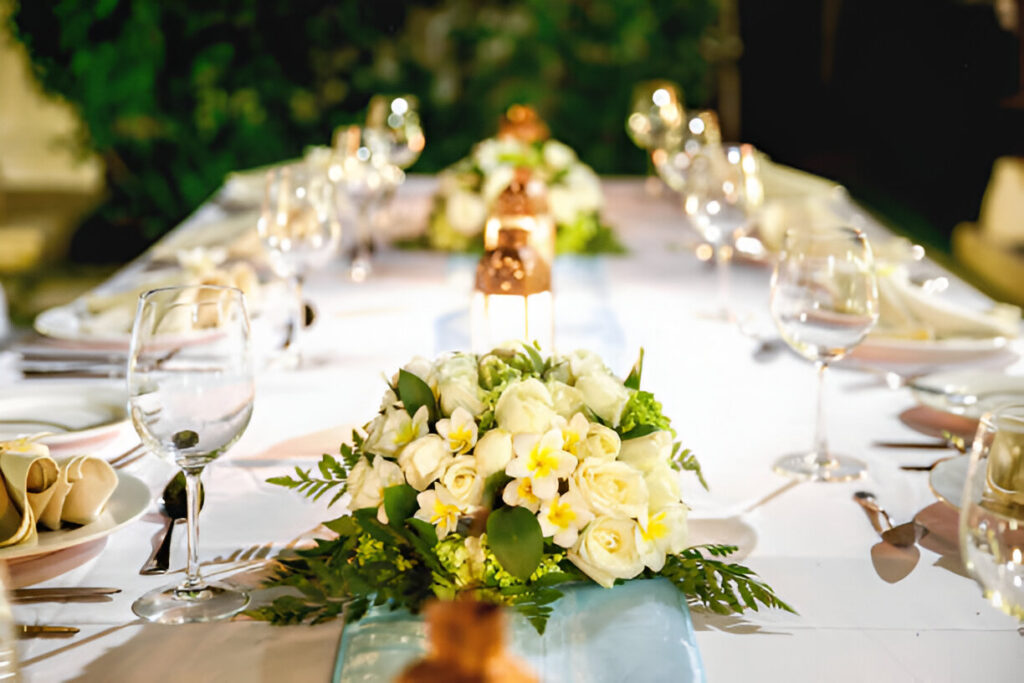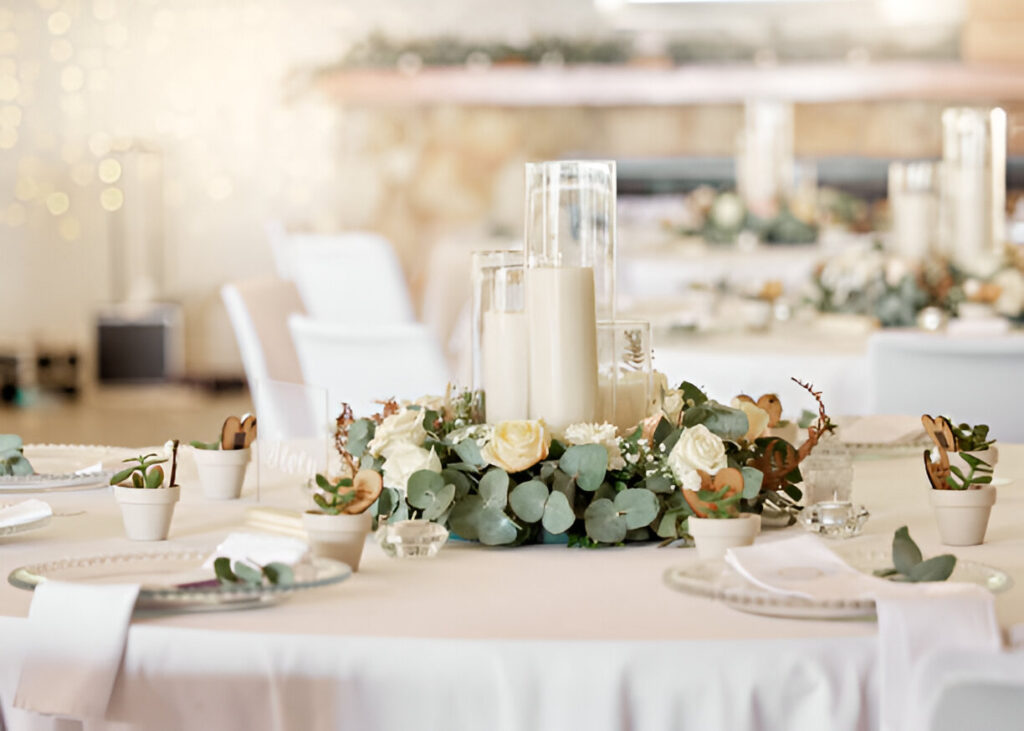
Wallpaper Loom
Categories

Gardening

Technology

Nature

The Ultimate Destination for Stunning Wallpapers!
Discover a vast collection of high-quality wallpapers to personalize your devices and make them truly yours. From breathtaking nature scenes and vibrant abstracts to minimalistic designs and vibrant landscapes, we offer a wide variety of wallpapers for every taste and style. Whether you’re looking to refresh your desktop, phone, or tablet, we’ve got the perfect image for you. Browse, download, and elevate your screen with the best wallpapers, all in one place.
Easy to Browse, Free to Download
We’ve designed our website to provide a smooth and enjoyable browsing experience. Use our powerful search and filter tools to find exactly what you’re looking for quickly, whether it’s a calming nature background, a bold abstract pattern, or a sleek minimal design. All wallpapers are completely free to download in multiple resolutions, so you can find the perfect fit for your device without any hassle.

Latest Posts
Wallpapers for You
Explore More
A Complete Guide to Styles, Types, and Trends
Introduction to Wallpapers
Wallpapers have become one of the most versatile and stylish ways to decorate interior spaces. Unlike paint, wallpapers provide texture, pattern, and personality to a room, transforming plain walls into works of art. They are available in countless colors, prints, and finishes, making them suitable for homes, offices, and commercial spaces. Whether you want a bold statement wall or a subtle background, wallpapers offer endless design possibilities.
The popularity of wallpapers has grown significantly in recent years, as homeowners and designers look for creative and cost-effective ways to refresh interiors. With modern technology, wallpapers now come in peel-and-stick formats, which are easy to install and remove, making them renter-friendly and ideal for temporary makeovers. Traditional wallpapers, on the other hand, remain a timeless choice for those who prefer a classic, long-lasting finish.
Wallpapers are not limited to aesthetics; they also add functionality. Some wallpapers are designed with washable surfaces, making them perfect for high-traffic areas like kitchens and hallways. Others are moisture-resistant, which allows them to be used in bathrooms and laundry rooms. With sustainable options also available, eco-conscious buyers can choose wallpapers made from recycled materials or natural fibers.
History of Wallpapers
The story of wallpaper dates back centuries and is deeply rooted in the history of interior decoration. Wallpapers were first introduced in China around the 200 BC era, where artisans painted decorative patterns on rice paper. These early wall coverings were handmade, delicate, and primarily used by the wealthy. The concept later spread to Europe, where wallpaper gained popularity in the 16th century as a more affordable alternative to expensive tapestries.
During the Renaissance, wallpapers evolved from simple painted sheets into block-printed designs. Craftsmen used wooden blocks to print repeating patterns onto paper, creating intricate floral and geometric designs. By the 17th century, wallpaper became a symbol of sophistication across England and France, with aristocrats using it to decorate their palaces and estates. In fact, King Louis XI of France was one of the first monarchs known to commission decorative wall coverings.
Popular Wallpaper Designs and Patterns
Design is at the heart of wallpapers, and the wide variety of patterns available makes them a versatile design element for any interior. From subtle minimalism to bold artistic statements, wallpaper patterns can dramatically alter the look and mood of a room.
Floral patterns remain timeless, bringing nature-inspired elegance to living rooms, bedrooms, and even bathrooms. Modern floral wallpapers often use oversized prints or watercolor effects for a fresh twist. Geometric designs, featuring lines, shapes, and symmetry, are popular in contemporary homes and offices because they add structure and a modern vibe.
For those who prefer a classic look, damask wallpapers are a perfect choice. These intricate patterns, often in contrasting colors, give a regal and traditional feel to dining rooms and hallways. Stripes and checks are another classic design that never goes out of style, helping create an illusion of taller or wider spaces depending on the orientation.
In recent years, tropical and botanical wallpapers have become trendy, with palm leaves, jungle motifs, and exotic plants adding vibrancy to interiors. Abstract designs and art-inspired wallpapers cater to creative personalities, turning walls into statement pieces. Additionally, 3D wallpapers and textured murals are gaining traction, offering depth and a realistic visual impact that paint simply cannot achieve.
Children’s rooms often feature playful patterns such as cartoons, stars, or animal motifs, creating a fun and personalized environment. Meanwhile, minimalists can opt for solid colors with subtle textures that add warmth without overwhelming the space.
The beauty of wallpaper lies in its ability to reflect personal style. With endless options from elegant vintage patterns to bold modern graphics, wallpapers allow you to make a room truly unique.
Wallpaper Materials and Finishes
How to Choose the Right Wallpapers for Your Space
Selecting the right wallpaper can be exciting but also overwhelming, given the countless options. The key is to balance style, functionality, and room requirements. Start by considering the purpose of the room. For example, bold and vibrant patterns work well in living rooms or feature walls, while softer tones are ideal for bedrooms, creating a relaxing atmosphere.
Next, evaluate the room size and lighting. Light-colored wallpapers with subtle patterns make small rooms appear larger and brighter, whereas dark, dramatic designs work best in spacious or well-lit areas. If you’re decorating a hallway or bathroom, opt for moisture-resistant or washable wallpapers to ensure longevity.
It’s also important to think about your interior design style. For modern spaces, geometric or abstract wallpapers add a sleek touch, while floral, damask, or vintage prints suit traditional interiors. Minimalists may prefer solid colors with light textures, whereas maximalists can embrace bold murals or 3D patterns.
Another factor is the wall condition. Textured wallpapers can help hide imperfections, while smooth surfaces are best for showcasing clean, detailed patterns. If you’re a renter or like to change styles often, peel-and-stick wallpapers are an excellent option since they’re easy to install and remove.
Finally, don’t overlook personal preference. Your walls should reflect your personality and make you feel comfortable in your space. Sampling small swatches before committing can help you visualize how the wallpaper will look under different lighting conditions.
Advantages of Wallpapers Over Paint
When deciding between wallpaper and paint, many homeowners discover that wallpapers offer distinct advantages that make it a worthwhile choice. While paint is straightforward, wallpapers provide depth, character, and long-term benefits that paint alone cannot achieve.
One of the main advantages of wallpapers is design variety. With thousands of patterns, textures, and finishes available, wallpapers allow for endless creativity. From floral prints to metallic accents and 3D textures, wallpapers can create a look that paint cannot replicate. Paint is limited to colors and finishes, whereas wallpapers transform walls into artistic focal points.
Durability is another benefit. High-quality wallpapers can last 10 to 15 years with proper care, whereas paint may require refreshing every 3 to 5 years. Washable and moisture-resistant wallpapers are especially useful in high-traffic areas, offering longevity and easy maintenance.
Wallpapers also help in hiding imperfections. Uneven walls, minor cracks, or blemishes can be concealed with textured or patterned wallpapers, whereas paint often highlights flaws. Additionally, wallpapers can improve room acoustics by slightly reducing noise, which is a bonus for apartments or busy households.
Another significant advantage is personalization. Custom wallpapers can be printed with photos, artwork, or unique designs, turning walls into a canvas of self-expression. This level of customization is difficult to achieve with paint.
Finally, wallpapers add a sense of luxury and sophistication. Whether it’s the rich feel of fabric wallpaper or the shimmer of metallic finishes, wallpapers instantly elevate the aesthetic of a space. While the initial cost may be higher than paint, the durability and impact often make wallpapers the more cost-effective choice in the long run.
Wallpaper Maintenance and Care Tips
Latest Trends in Wallpapers
Like fashion, wallpaper designs evolve with time, reflecting lifestyle changes, cultural influences, and advancements in technology. The latest wallpaper trends bring fresh ideas for both modern and classic interiors, making wallpapers more versatile than ever.
One of the biggest trends is the rise of botanical and nature-inspired wallpapers. Palm leaves, tropical plants, and floral patterns remain popular, bringing the outdoors inside and creating a calming effect. Alongside this, earthy tones and natural textures like rattan, stone, and wood-inspired wallpapers are making waves, appealing to eco-conscious homeowners.
Another modern trend is geometric and abstract designs. Bold lines, 3D illusions, and artistic brushstroke patterns give walls a contemporary and dynamic feel. For those who want dramatic statements, mural wallpapers featuring landscapes, skylines, or artistic imagery transform walls into breathtaking features.
Minimalist interiors are also embracing solid-colored wallpapers with subtle textures, offering sophistication without overwhelming the space. Meanwhile, metallic finishes such as gold, copper, and silver are trending in luxury spaces, adding glamour and light reflection.
Conclusion
Wallpapers have stood the test of time, evolving from hand-painted rice paper in ancient China to today’s digitally printed, eco-friendly, and customizable designs. They are more than just wall coverings; they are powerful tools for self-expression, capable of transforming any room with texture, color, and personality.













